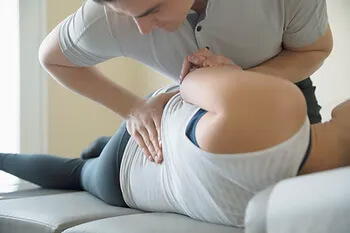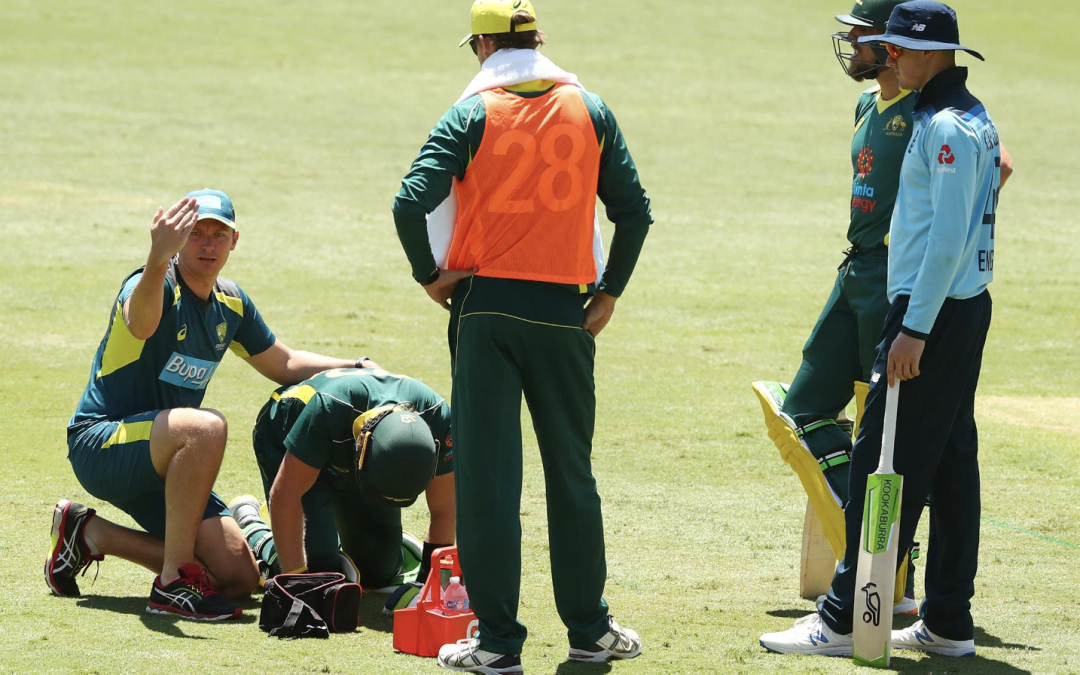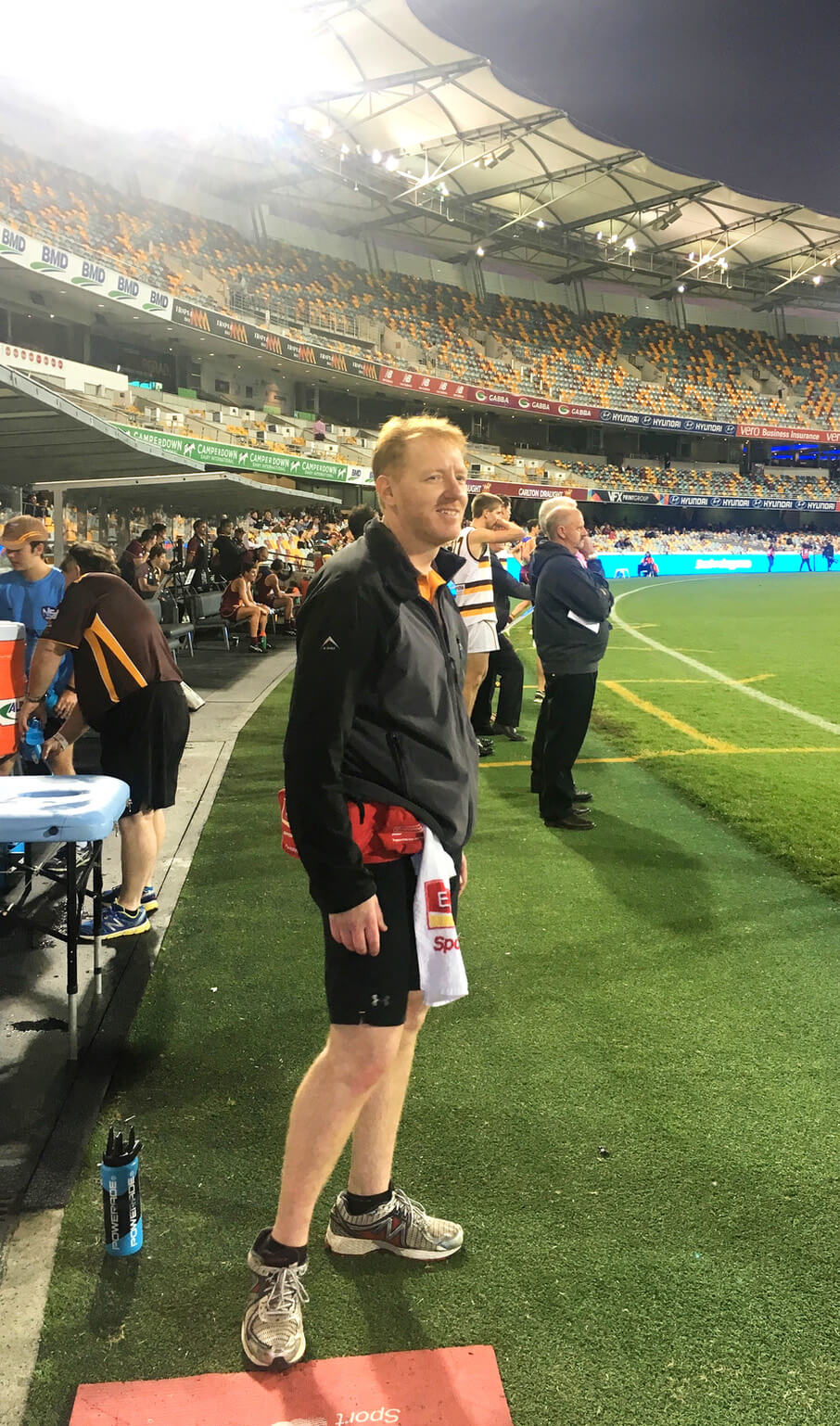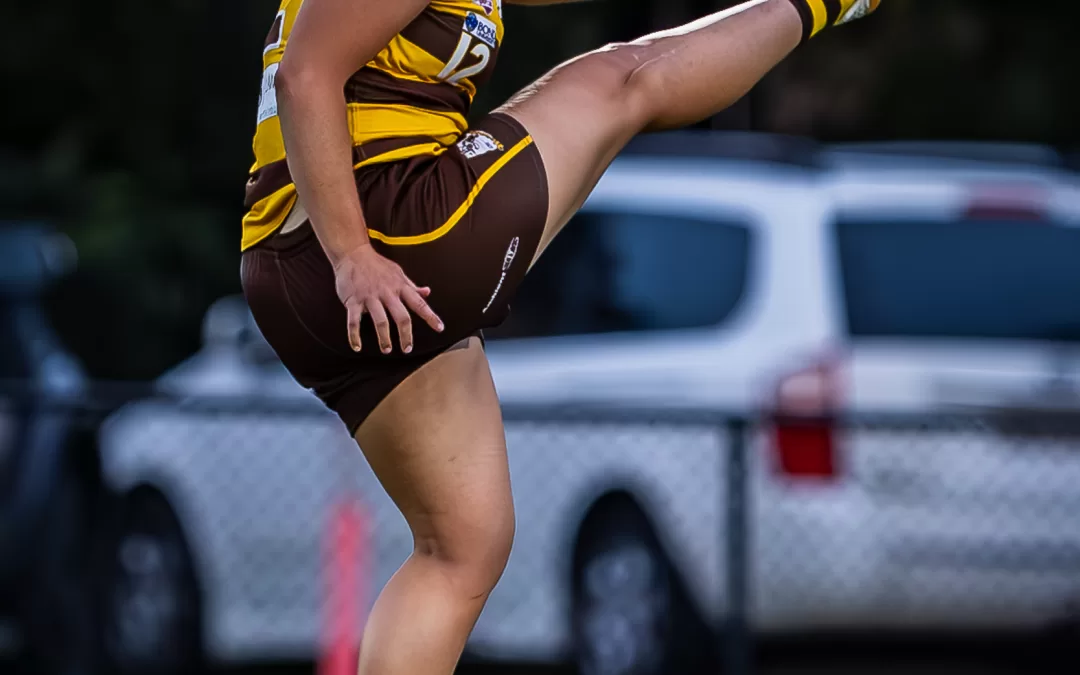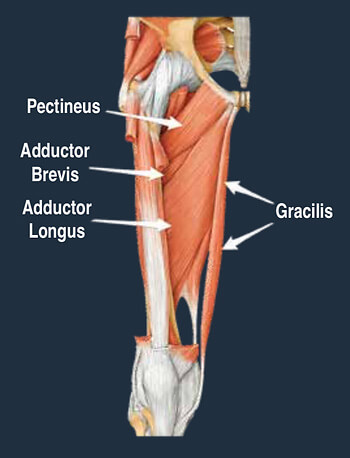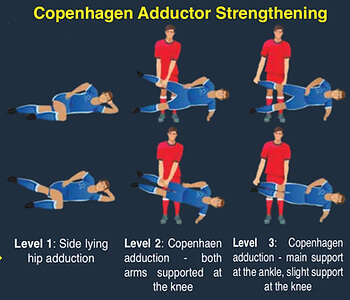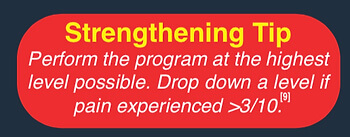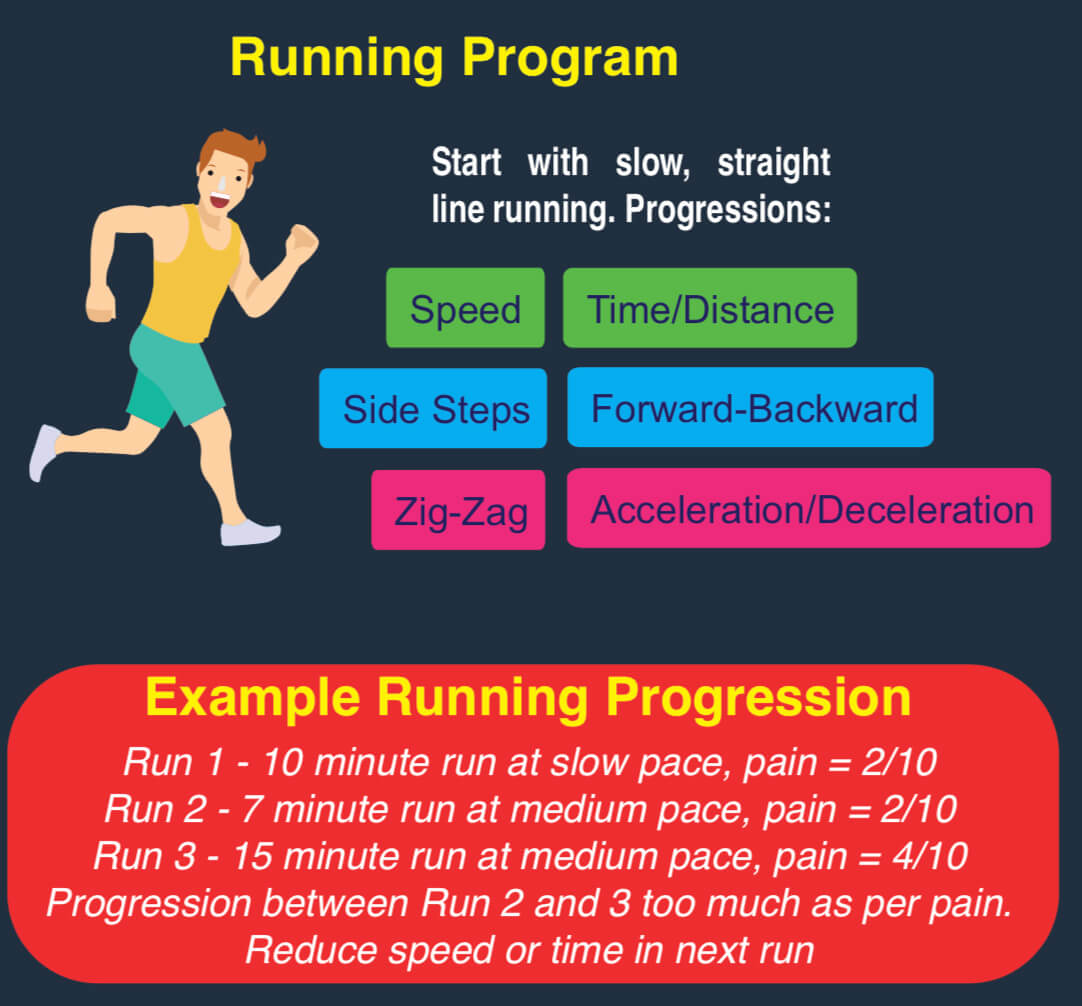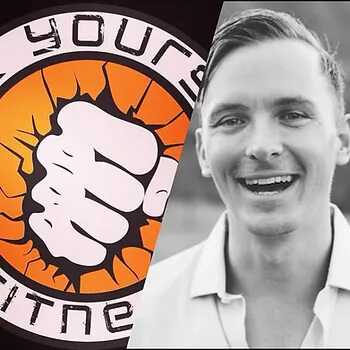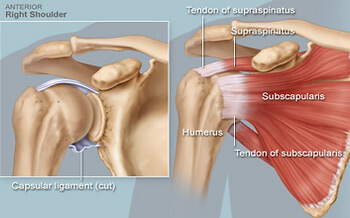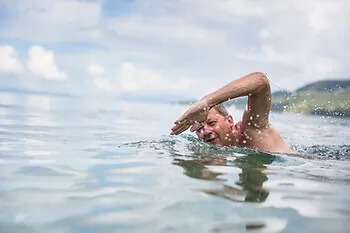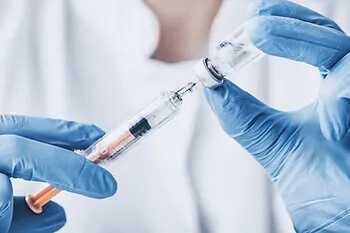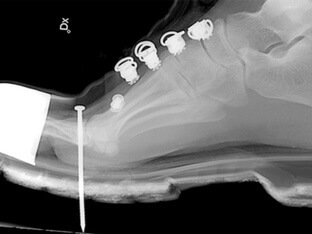
Lower Back Pain
Sharp catch of pain? Ongoing aches? Trouble getting out of bed or with long car rides? Stiff and sore when you are bending over to pick things up? Referred pain into you legs?
If you’ve experienced any of these symptoms recently you are not alone. Lower back pain is a common ailment affecting people of all ages and lifestyles with up to 80% of us experiencing various symptoms in our lifetime. Lower back pain can be caused by various factors such as poor posture, muscle strain, joint pain or underlying medical conditions.
Back pain is complex. These aches and pains are usually a sign that your spine are not tolerating loads well and are more sensitive than usual. Symptoms could arise from a subtle change in muscle balance and biomechanics, altered postures, novel or increases in training intensity or even your thoughts arounds the fragility of your spine. Physiotherapy offers effective solutions for managing and alleviating lower back pain by assessing the root cause of the pain, educating you on what is happening and develop personalised treatment plans. We also employ techniques like manual therapy, exercises, and stretches to strengthen you, improve flexibility, return you to activity and desensitise the painful area. Physiotherapy also includes education on proper body mechanics and ergonomics to prevent future episodes in activities such as lifting, sports or activitities of daily living.
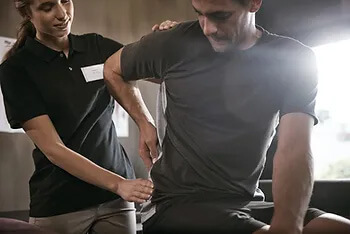
Whatever the cause, our highly trained Praxis physiotherapists have expertise in this area and will help identify the problem and work with you so that you will feel empowered to fix the problem. At Praxis Physio, this is our point of difference. We promise to take the time to fix you using a range of modalities including advice, hands on manual therapies, reformer pilates and of course strength and conditioning programming.
No need to accept back pain as ‘normal’ call us now on (07) 3102 3337 or book online to have one of our physios get you back on track before your pain becomes any worse.
Team Praxis,
PREVENT | PREPARE | PERFORM
